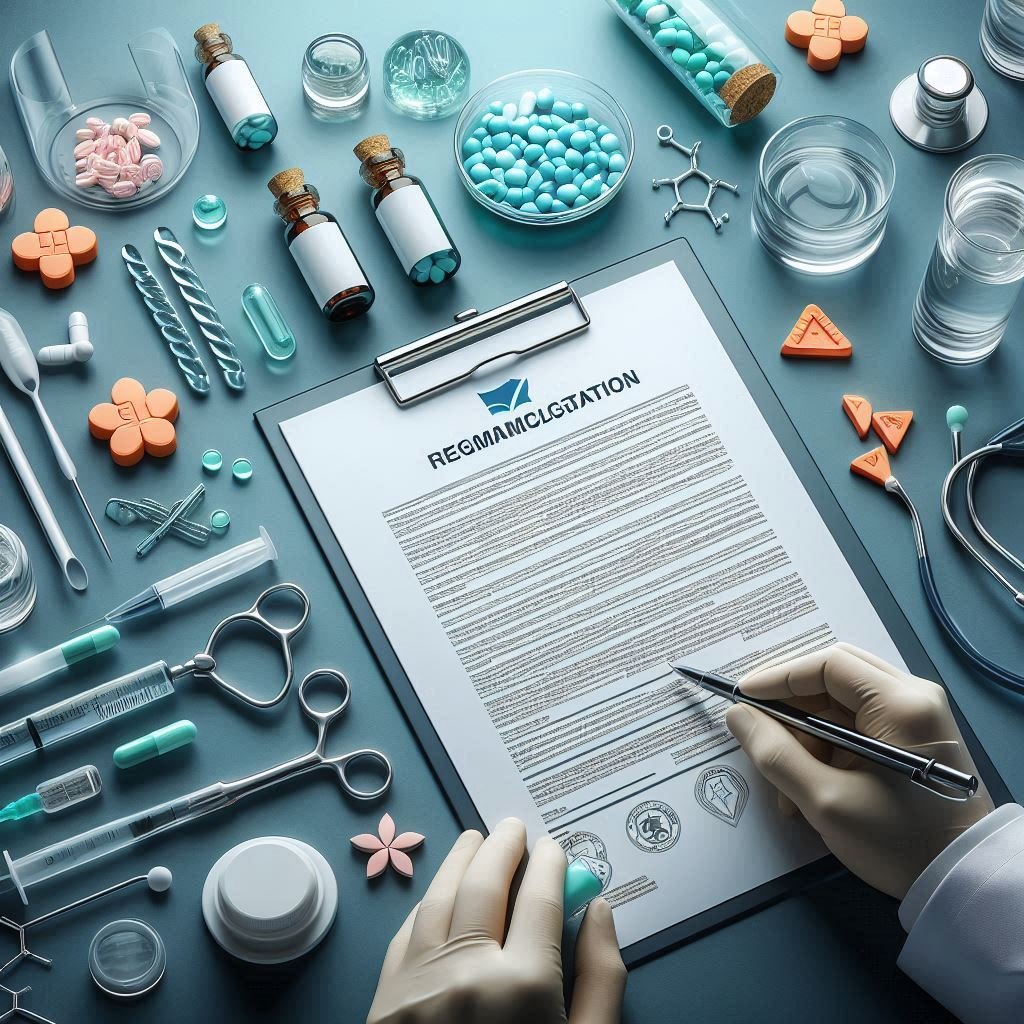Regulatory Compliance: 8 Common Mistakes and How to Avoid Them
Regulatory compliance refers to an organisation’s adherence to all relevant laws, regulations, and industry standards governing its operations. It plays a critical role in ensuring ethical practices, maintaining stakeholder trust, and minimising legal and financial risks.
In the pharmaceutical industry, regulatory compliance goes beyond simply following rules — it’s fundamental to ensuring patient safety, securing market access, and preserving a company’s reputation. Under the watchful eyes of regulatory authorities such as the FDA, EMA, MHRA, and others, pharmaceutical companies must navigate a complex and constantly evolving compliance landscape. Despite their experience, even established firms are vulnerable to common regulatory pitfalls.
In this post, I will discuss eight common regulatory compliance mistakes in the pharmaceutical industry and provide practical tips on how to avoid them.

8 common regulatory compliance mistakes in the pharmaceutical industry
1. Incomplete or Inaccurate Documentation
The mistake: Missing, outdated, or incorrect documentation related to clinical trials, manufacturing processes, or batch records.
Why it matters: Regulatory bodies require comprehensive documentation to verify that products are safe, effective, and manufactured under controlled conditions.
How to avoid it:
- Implement a robust document management system.
- Conduct regular internal audits.
- Ensure staff are properly trained on Good Documentation Practices (GDP).
2. Poor Change Control Procedures
The mistake: Failing to properly document or assess the impact of changes to manufacturing processes, equipment, or suppliers.
Why it matters: Uncontrolled changes can lead to non-compliance, product recalls, or patient harm.
How to avoid it:
- Establish a formal change control process.
- Include cross-functional review teams.
- Perform risk assessments and regulatory impact evaluations for all changes.
3. Non-Compliance with cGMP Standards
The mistake: Not adhering to current Good Manufacturing Practices (cGMP), which can include issues like poor hygiene, inadequate facility design, or lack of validation.
Why it matters: cGMP violations can result in warning letters, fines, or shutdowns.
How to avoid it:
- Conduct regular cGMP training and refresher courses.
- Perform gap assessments.
- Create a culture of quality at every level of the organisation.
4. Inadequate Training Programs
The mistake: Allowing employees to work without up-to-date or role-specific compliance training.
Why it matters: Untrained personnel can inadvertently compromise regulatory compliance.
How to avoid it:
- Maintain a detailed training matrix.
- Track and document training completion.
- Regularly update training materials to reflect current regulations.
5. Delayed Adverse Event Reporting
The mistake: Failing to report adverse drug reactions or product complaints to regulators within required timeframes.
Why it matters: Delays in pharmacovigilance can put patients at risk and trigger enforcement actions.
How to avoid it:
- Set up a clear reporting workflow.
- Train customer service and sales teams to escalate complaints.
- Use software tools to automate timelines and alerts.
6. Neglecting Data Integrity Requirements
The mistake: Allowing unauthorised access, editing, or deletion of critical data, or lacking audit trails.
Why it matters: Data integrity is central to proving product safety and efficacy.
How to avoid it:
- Follow ALCOA+ principles (Attributable, Legible, Contemporaneous, Original, Accurate, + Complete, Consistent, Enduring, and Available).
- Use validated electronic systems with access controls.
- Audit systems regularly to detect data breaches or inconsistencies.
7. Failure to Stay Current with Regulatory Updates
The mistake: Using outdated regulations or guidance documents during development, testing, or submission.
Why it matters: Regulatory landscapes evolve quickly, especially with emerging technologies or public health emergencies.
How to avoid it:
- Subscribe to regulatory authority newsletters (FDA, EMA, ICH, etc.).
- Assign a regulatory intelligence team or partner with consultants.
- Attend industry conferences and training.
8. Substandard Vendor and Third-Party Oversight
The mistake: Relying on external manufacturers, CROs, or logistics partners without proper qualification or oversight.
Why it matters: Regulatory bodies expect full accountability for all outsourced functions.
How to avoid it:
- Audit vendors regularly.
- Use Quality Agreements to define responsibilities.
- Monitor vendor performance through KPIs and feedback loops.
Conclusion
Pharmaceutical regulatory compliance isn’t a checkbox — it’s a mindset. By understanding and addressing these common pitfalls, companies can reduce their risk of non-compliance, protect their brand, and most importantly, ensure patient safety.
Whether you’re a startup preparing for your first IND submission or a global manufacturer scaling production, building a proactive compliance culture is essential.
Related
FAQs
What best defines regulatory compliance?
Regulatory compliance refers to an organisation’s adherence to all relevant laws, regulations, and industry standards governing its operations. It plays a critical role in ensuring ethical practices, maintaining stakeholder trust, and minimising legal and financial risks.
Further Reading
- GLP and Current manufacturing practice: Ludwig Huber (Agilent Technologies)
- Regulatory compliance


